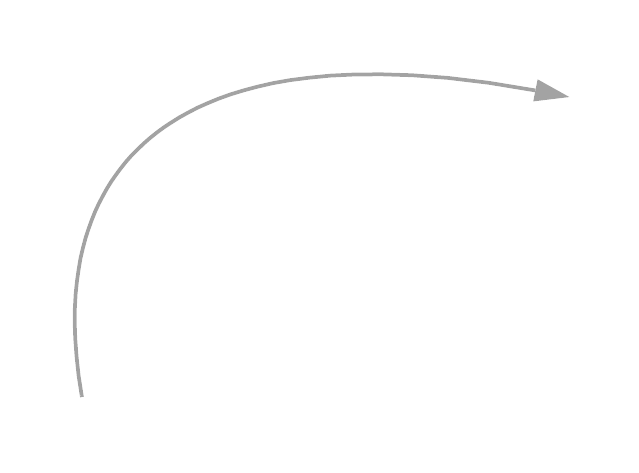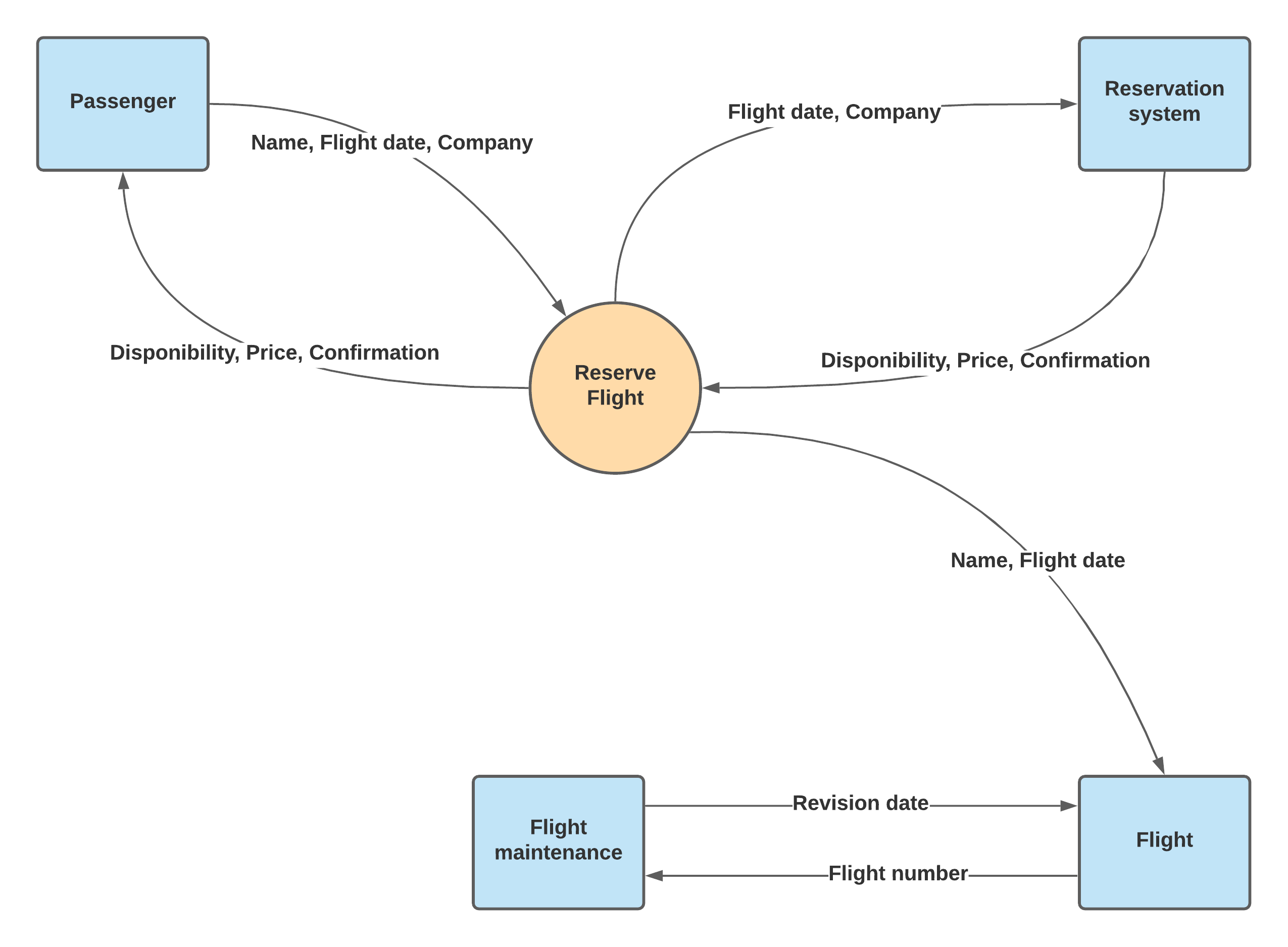Introduction
The scope is of crucial importance. It sets the boundaries of the project. It is also called “project scoping”. As every project has an analysis and design phase, it also has a scoping phase. To understand the scoping of a project is to understand the relevance of a project.
RLCM (Requirement Life Cycle Management)
The RLCM is the section about building a project team (Sponsor, EMS, project manager, users, …) within the company, to drive the project, limit its scope (framing the project), as well as communicate and explain the operation (requirements) throughout the life of the project, as seen through the BABOK.
A PDF attached to this publication, in the form of a data stream, summarizes all the tasks, their descriptions, tools, stakeholders involved, and mnemonic techniques. It has been produced for educational purposes.
Where to start scoping a project
Determine the main problem
One of your tasks in needs analysis as a BA will be to help a company find the core problem (root cause) or opportunity. Determining this one is essential to creating the scope.
Collaborators will often give you symptoms of the problem, rather than the real cause. The best way to determine if this is the main problem is to ask the question “why … ?” Fixing a symptom rather than the main problem is like putting a patch on a wooden leg.
Identify the primary reasons for the business (business drivers)
- The primary reasons are the common thread of the business. They determine the primary motivation of the business.
- You have to be sure that the scope and the primary problem or opportunity are aligned with the core reasons of the business.
Why initiate this project ?
The main reasons for a company to initiate a project can be grouped under eight different categories.
- Revenue : A company often undertakes a project startup to improve its revenue.
- Cost : Another reason is to decrease costs.
- Customer Service : To improve the quality of customer service.
- Compliance : In some cases, it is not the company that initiates a project, but a regulatory agency that forces a company to comply with new laws in place.
- Brand : A company will do everything possible to maintain its brand image.
- Time to Market : Most companies will do everything possible to be first to market or will wait to see if the niche is growing.
- Agility : A company must be able to adapt quickly to a new situation. Some companies will prefer to stay medium-sized so they can maneuver with agility.
- Turnaround time : A company must be able to adapt to the supply and demand market. Lead time is the average time between ordering and consuming a product.
- Market reach : This is the difference between a local market and a globalized market.
Aligning the main problem or opportunity with the main reasons will set the scope of the project.
An example: A company involved in reservation systems wants to create software to allow users to purchase flight tickets online. The company is motivated by revenue, of course, but also by its trademark customer service. However, it does not own an airline, nor does it own any planes. She will have to find partners to sell her system. The scope of the project is bounded by the company’s expertise, which will be to “book flights”.
Identify all stakeholders
- Think of everyone who may be involved. A scoping often involves several departments or business areas of the company.
- Identify all stakeholders affected by the project. It is important to have everyone’s input.
- All aspects of the project and stakeholder desires should be included in the scoping document.
Identify project interfaces
There are three kinds of interfaces in a project :
The user interfaces
These are the interfaces that allow users to interact with the system. They can be of various kinds. Keyboard, touch screen, buttons, levers, switches.
The system interfaces
These are the interfaces that interact with other systems. This could be a “batch program”, a system that receives data or sends data.
The hardware interfaces
These are the interfaces that receive information flows, such as a monitor, a TV screen, a printer.
Defining the project scope with a “Data Flow” diagram
To make it easier to explain the scope, it is best to use a drawing.
 | The circle represents the scope of the project |
 | The rectangle represents an external agent |
 | The arrowed curve represents the data movements |
Example of data flow
The diagram below represents a very simplified flight reservation system.
- The project scope is represented by the circle.
- All the external agents which are the passenger, the reservation system and the aircraft are attached to the circle and are therefore part of the project scope.
- On the other hand, the maintenance of the aircraft is not directly attached to the circle, meaning that it is outside the scope of the project. It is sometimes helpful to note this on the flowchart to make it clear that it is a topic that will not be addressed.

Conclusion
Taking the time to determine a company’s core problem and confronting it with its values helps to bring out the scope of the project. Determining this famous scope, or framing, allows you to focus on the main objectives of the project and thus avoid overreach. It is so easy to add non-essential topics and thus blow the budget and deadlines. The next chapter will describe the requirements definition, another major task of the business analyst.



